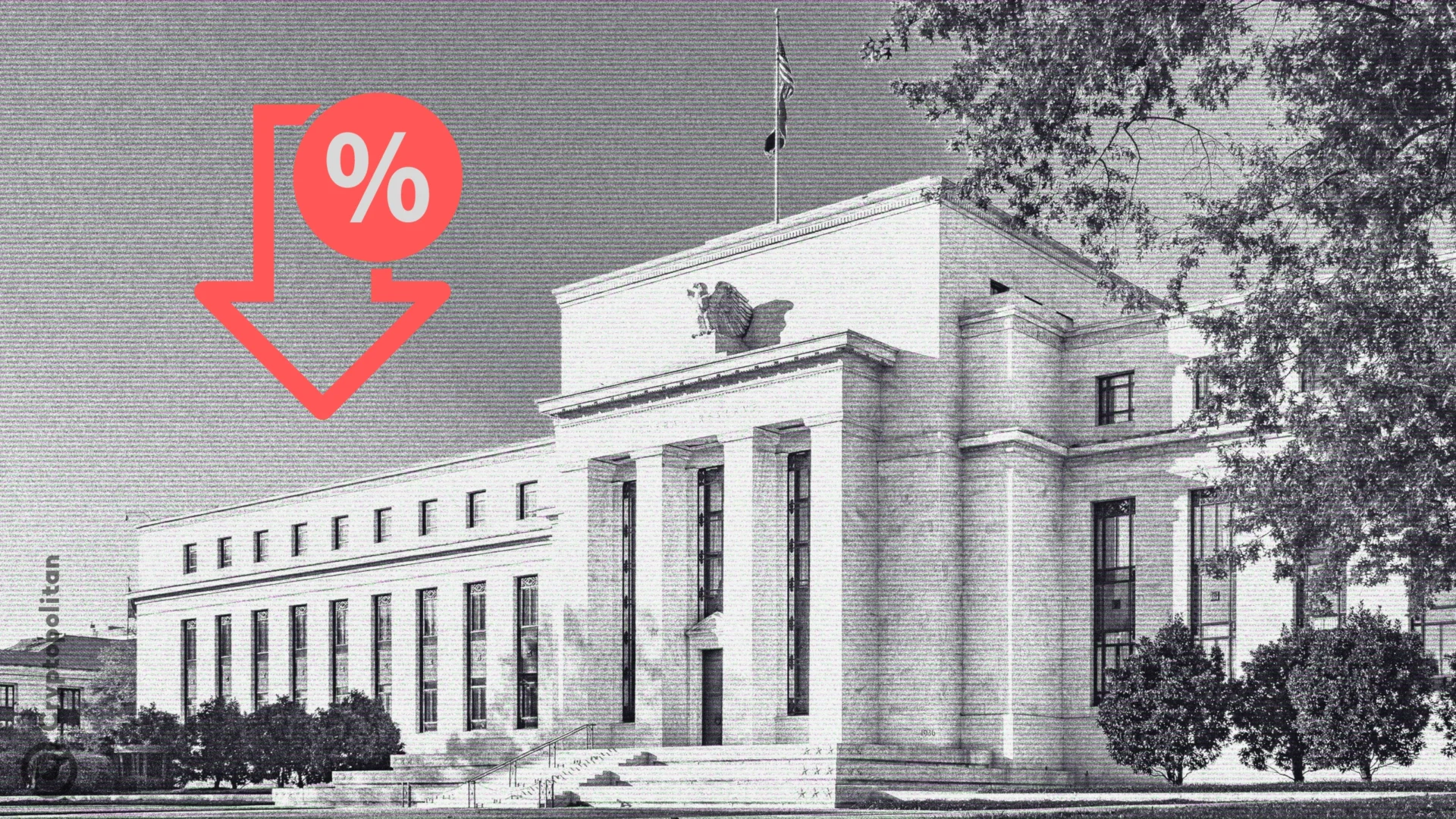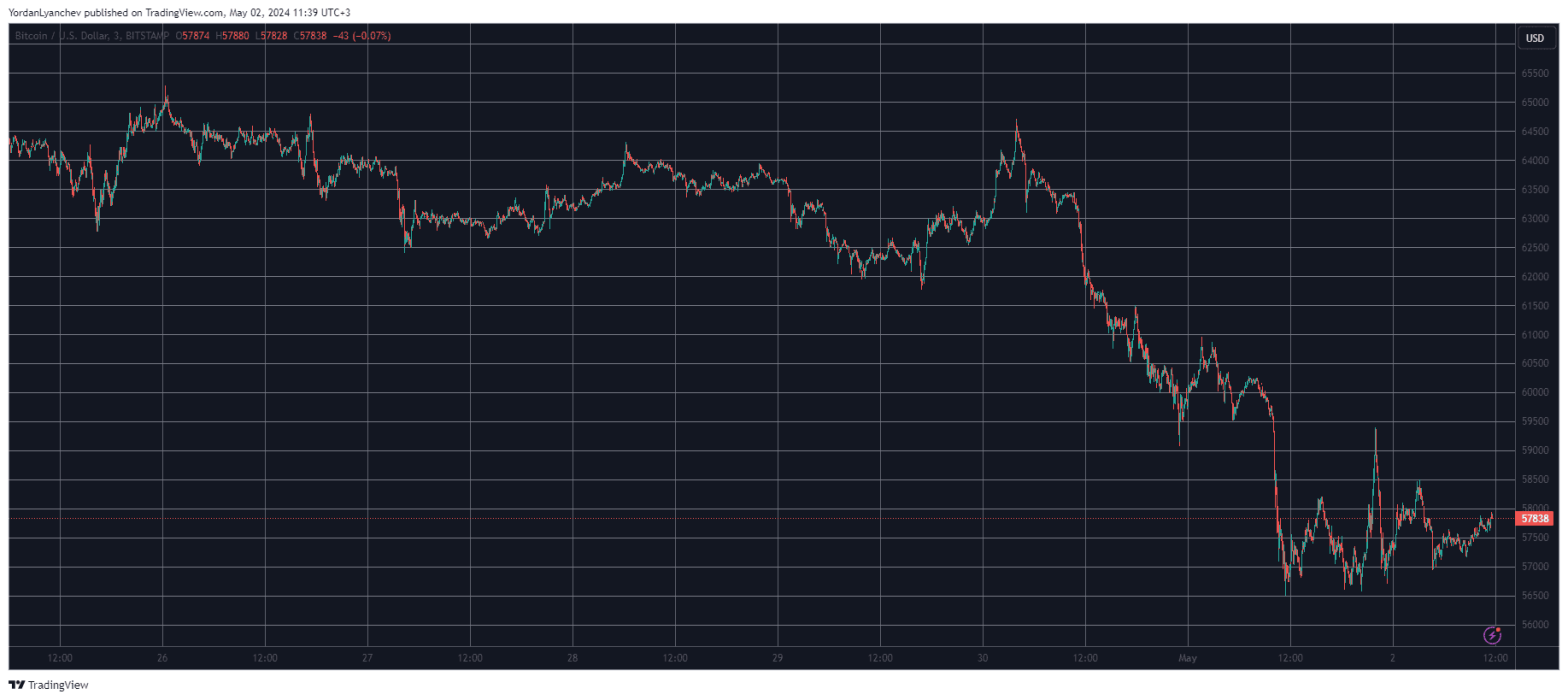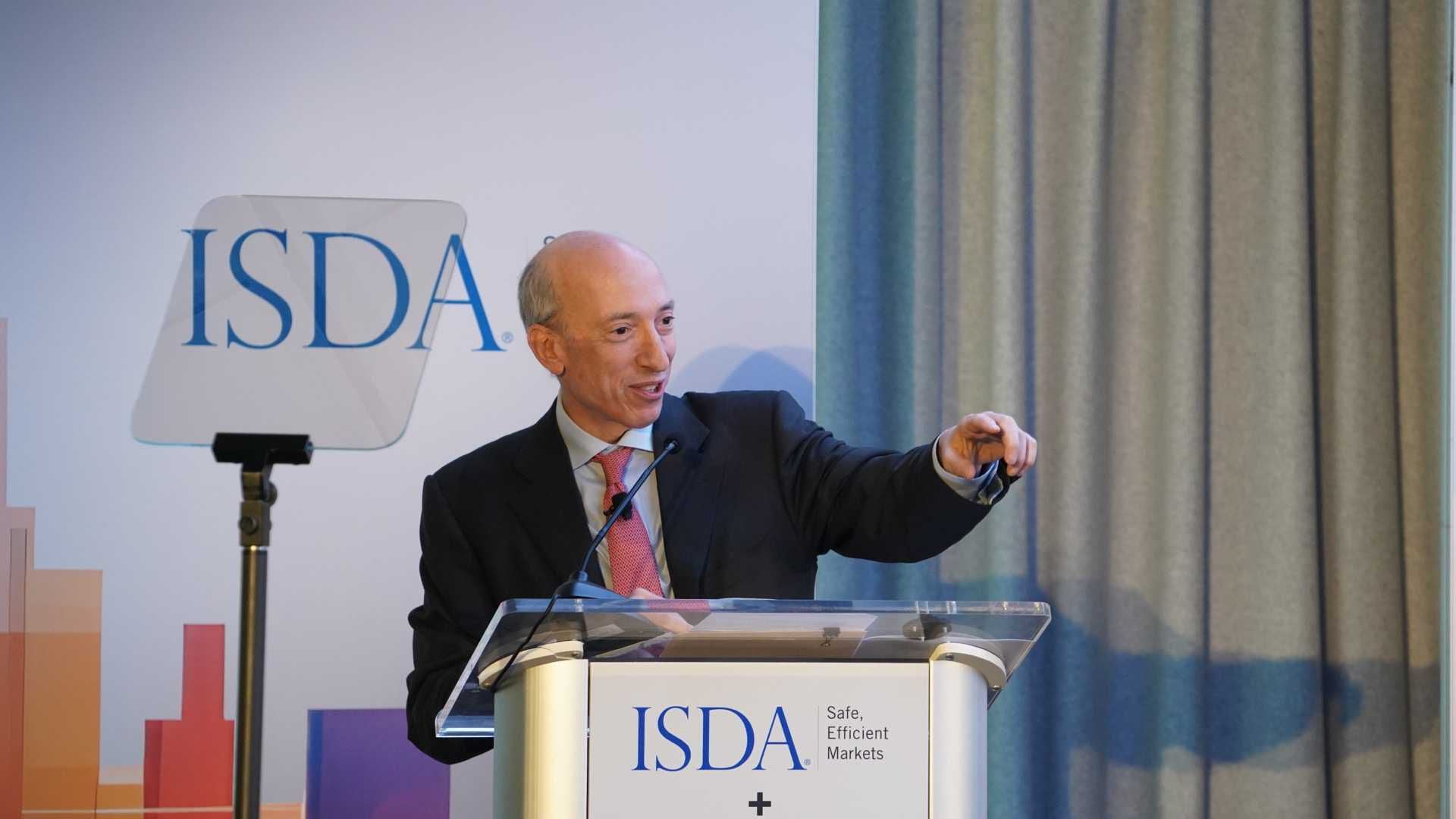The Federal Reserve isn’t going all out on rate cuts, despite what some investors might hope for. Economist Carl Weinberg believes a deep cut isn’t happening anytime soon.
With policymakers getting ready for their meeting on September 17-18, most expect a slight reduction in interest rates. But no one’s betting on a massive 50-basis-point cut. And Weinberg doesn’t see the data supporting it. In his own words:
“We’re not seeing anything that I can imagine, in the data, that’s going to trigger the Fed to do what I would call a panicked 50 basis point rate cut.”
The Fed’s approach will likely be more cautious, with a 25-basis-point cut more on the cards. Despite mixed signals in the economy, especially from the labor market, the data simply isn’t screaming for an aggressive reduction.
While hiring has slowed down, recent unemployment claims have actually dropped. This balancing act is why Weinberg thinks the Fed won’t panic and go big.
Jerome Powell and his team are currently dealing with high real interest rates, despite inflation cooling off. Weinberg said:
“Inflation’s down, but real rates are still high. The Fed needs to adjust, but not in a way that causes unnecessary panic.”
It all comes down to the labor market
The Fed’s current benchmark rate sits between 5.25% and 5.50%. But some experts aren’t entirely ruling out a 50-basis-point cut, especially with Wall Street eagerly waiting for the upcoming jobs report.
Ben Emons, the founder of Fed Watch Advisors, believes the labor market could give the Fed more room to maneuver.
“A weaker jobs report could allow the Fed to dial back its tight policy,” he explained. He added that the recent labor data shows “deflation in momentum.”
The market is expecting nonfarm payrolls to increase by 161,000 jobs in August, and the unemployment rate to fall to 4.2%, according to Dow Jones. Emons warned that a “low point” payroll number, something below 100,000, is still a possibility.
Meanwhile, Jim Cramer has advised caution, telling investors:
“Don’t do anything drastic. Sometimes the best move is to do nothing at all.”
He added that it is super important to wait for more information before taking any major positions in the market.
Wall Street has been jittery in the lead-up to the jobs report. Yesterday, the S&P 500 dipped 0.3%, marking its third consecutive day in the red. The Dow Jones fell by 0.54%, while the Nasdaq, which had been up by as much as 1.2% earlier in the day, finished with a 0.25% gain.
Despite some nerves, Jim isn’t too worried about the Fed mishandling things. According to him, the Fed has a solid plan, and fears of a rocky transition out of the current tightening cycle are overblown.
“The Fed knows what it’s doing,” he said.





